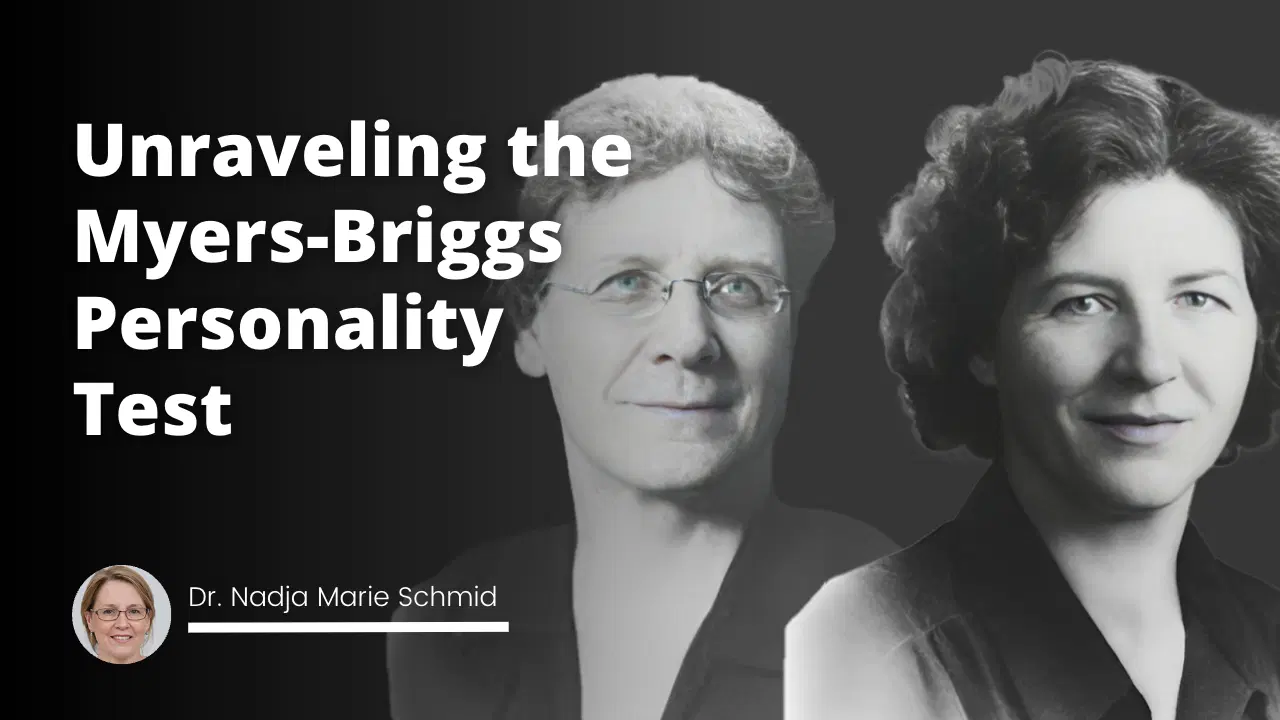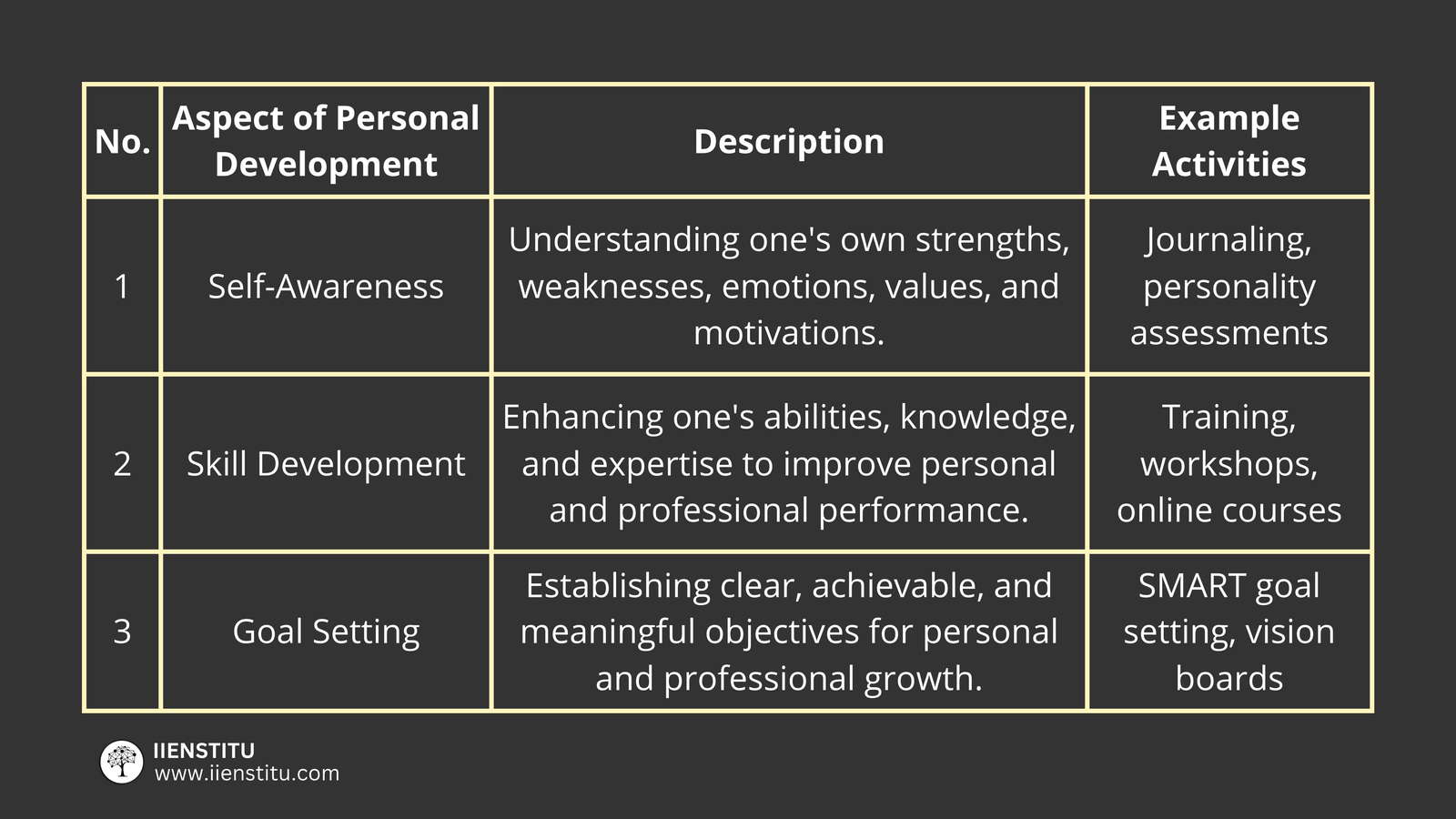
The Myers-Briggs Type Indicator (MBTI) is a widely recognized and frequently utilized personality assessment tool. Created by Katherine Cook Briggs and her daughter Isabel Briggs Myers, the MBTI aims to understand better individuals' personality preferences and how they interact with the world. With its enduring popularity, the MBTI has sparked both admiration and criticism, generating conversations about its validity and usefulness. This article delves into the Myers-Briggs Personality Test's essence, history, framework, potential benefits, and considerations.
Understanding the MBTI Framework
The MBTI categorizes individuals into one of 16 distinct personality types based on four dichotomies:
Extraversion (E) - Introversion (I): Focuses on how individuals gain energy, whether from external stimuli (extraversion) or internal reflection (introversion).
Sensing (S) - Intuition (N): Examines how individuals gather information, either through concrete details (sensing) or abstract patterns (intuition).
Thinking (T) - Feeling (F): Assesses how individuals make decisions, whether through logical analysis (thinking) or compassionate consideration (feeling).
Judging (J) - Perceiving (P): Explores how individuals approach the outside world, either by planned and organized actions (judging) or adaptability and flexibility (perceiving).
Related article: What Are the 3 Aspects of Personal Development?
Benefits of the MBTI
Self-Awareness and Self-Acceptance: The MBTI provides individuals with a language to understand their unique personality preferences, promoting self-awareness and self-acceptance. Recognizing one's strengths and limitations can foster personal growth and improved relationships.
Communication and Interpersonal Dynamics: By understanding different personality types, individuals can enhance communication skills and navigate interpersonal relationships more effectively. The MBTI offers insights into how people perceive and process information, helping to bridge potential communication gaps.
Career Guidance and Team Building: The MBTI can be useful for career exploration and development. It can shed light on suitable job roles and environments that align with an individual's personality preferences. Additionally, understanding personality differences can enhance teamwork, promoting collaboration and productivity in professional settings.
Critiques and Considerations:
Binary Nature: The MBTI employs a binary system that can oversimplify complex human personalities. People are multidimensional, and the dichotomies presented by the test may not capture the full range of individual characteristics.
Lack of Scientific Validity: Critics argue that the MBTI lacks solid scientific evidence to support its claims. It has been criticized for lacking reliability and consistency in measuring personality traits. Therefore, caution should be exercised when interpreting results and making significant life decisions based solely on the test outcomes.
Fluidity and Context: Personalities are not fixed and can change over time or adapt to different contexts. The MBTI framework may not fully capture the fluidity and variability of human behavior.
The Myers-Briggs Personality Test, despite its limitations and controversies, has played a significant role in promoting self-awareness, facilitating communication, and aiding personal and professional development.
Related courses: Personal Development Courses
While the MBTI provides a valuable framework for understanding personality preferences, it should be approached with a critical and open-minded perspective. Combining the insights gained from the MBTI with other personality models and embracing the complexity and diversity of human nature can contribute to a more comprehensive understanding of ourselves and others, leading to personal growth, effective communication, and harmonious relationships.
Myers-Briggs Personality Test Questions and Answers
The Myers-Briggs Type Indicator (MBTI) does not have a specific set of questions and answers that are universally used. Instead, it consists of a series of statements or items to which individuals respond, indicating their preferences. Individuals are assigned one of the 16 personality types within the MBTI framework based on their responses. However, we can provide you with sample questions that are commonly used in the MBTI assessment:
These questions represent the four dichotomies (Extraversion-Introversion, Sensing-Intuition, Thinking-Feeling, Judging-Perceiving) used in the MBTI assessment. Individuals choose the response most accurately describes their typical behavior or preference. It is important to note that the MBTI is not a test with right or wrong answers but rather a tool for understanding personality preferences.
40 Mayer-Briggs Personality Test Questions and Answers
Here are 40 sample questions for an MBTI assessment, along with possible answers:
Frequently Asked Questions
What is the Myers-Briggs Personality Test?
The Myers-Briggs Personality Test, or MBTI, is a widely used assessment tool that categorizes individuals into one of 16 personality types based on preferences in four dichotomies.
How does the MBTI help with self-understanding?
The MBTI provides a framework for understanding one's personality preferences, strengths, and limitations, leading to increased self-awareness and self-acceptance.
Can the MBTI improve communication?
Yes, understanding different personality types through the MBTI can enhance communication skills by bridging gaps and enabling better understanding of how others process information.


